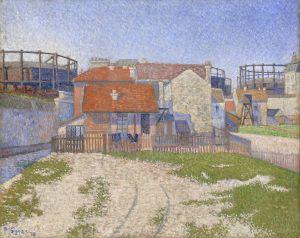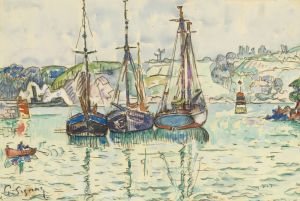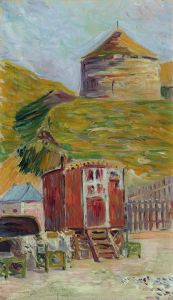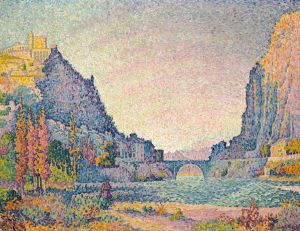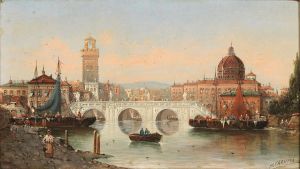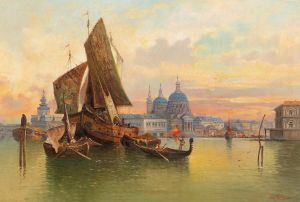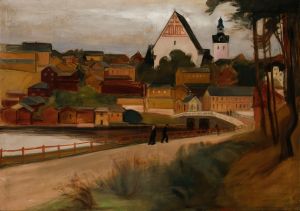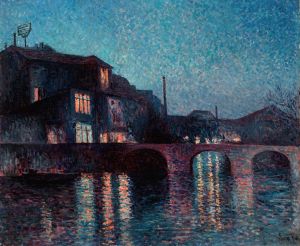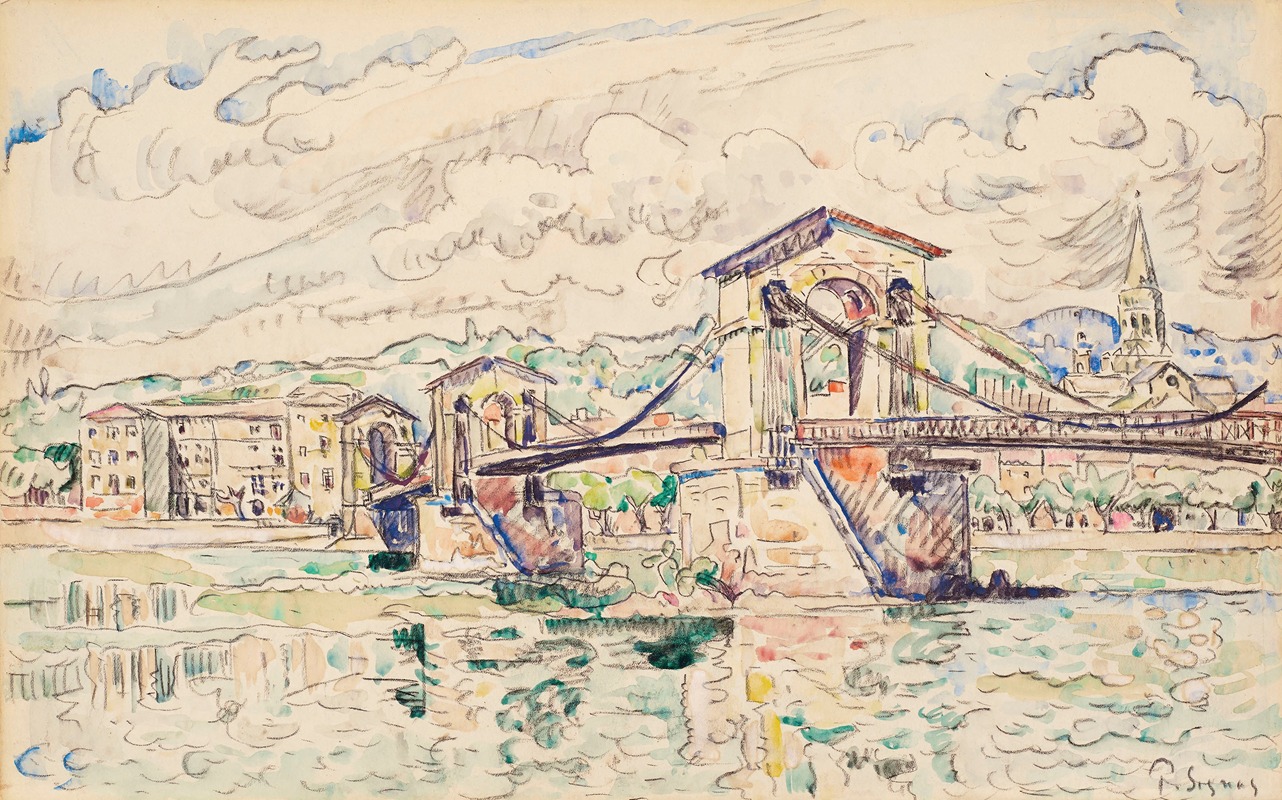
Le Pont de Bourg-Saint-Andéol
A hand-painted replica of Paul Signac’s masterpiece Le Pont de Bourg-Saint-Andéol, meticulously crafted by professional artists to capture the true essence of the original. Each piece is created with museum-quality canvas and rare mineral pigments, carefully painted by experienced artists with delicate brushstrokes and rich, layered colors to perfectly recreate the texture of the original artwork. Unlike machine-printed reproductions, this hand-painted version brings the painting to life, infused with the artist’s emotions and skill in every stroke. Whether for personal collection or home decoration, it instantly elevates the artistic atmosphere of any space.
Paul Signac's painting Le Pont de Bourg-Saint-Andéol is a notable work by the French Neo-Impressionist artist, created in 1924. Signac, a prominent figure in the Pointillist movement, was known for his innovative use of color and technique, which he developed alongside Georges Seurat. This painting exemplifies his mature style, characterized by the application of small, distinct dots and strokes of color to create vibrant, luminous compositions.
The artwork depicts the bridge at Bourg-Saint-Andéol, a small town located in the Ardèche department of southern France. The bridge spans the Rhône River, a region that Signac frequently explored during his travels. Known for his love of water scenes, Signac often painted harbors, rivers, and coastal landscapes, capturing the interplay of light and color in these settings. In Le Pont de Bourg-Saint-Andéol, he portrays the bridge and its surroundings with his signature Pointillist technique, emphasizing the harmony of colors and the serene atmosphere of the location.
Signac's approach to painting was deeply influenced by scientific theories of color and perception, particularly the work of Michel Eugène Chevreul on color contrast. By juxtaposing complementary colors in small, precise strokes, Signac created a shimmering effect that gives his works a sense of movement and vitality. In this painting, the use of blues, greens, and earthy tones reflects the natural beauty of the Rhône River and its environment.
The painting is part of Signac's later body of work, during which he increasingly focused on landscapes and architectural subjects. By the 1920s, his style had evolved to include broader, more visible brushstrokes, while still adhering to the principles of Divisionism. This evolution is evident in Le Pont de Bourg-Saint-Andéol, where the composition is both structured and dynamic, showcasing his mastery of the Neo-Impressionist technique.
Today, Le Pont de Bourg-Saint-Andéol is recognized as an important example of Signac's artistic legacy and his contribution to the Neo-Impressionist movement. The painting is held in a private collection, and its details have been documented in various art historical references. Signac's work continues to be celebrated for its innovative approach to color and its ability to capture the essence of the natural world.





